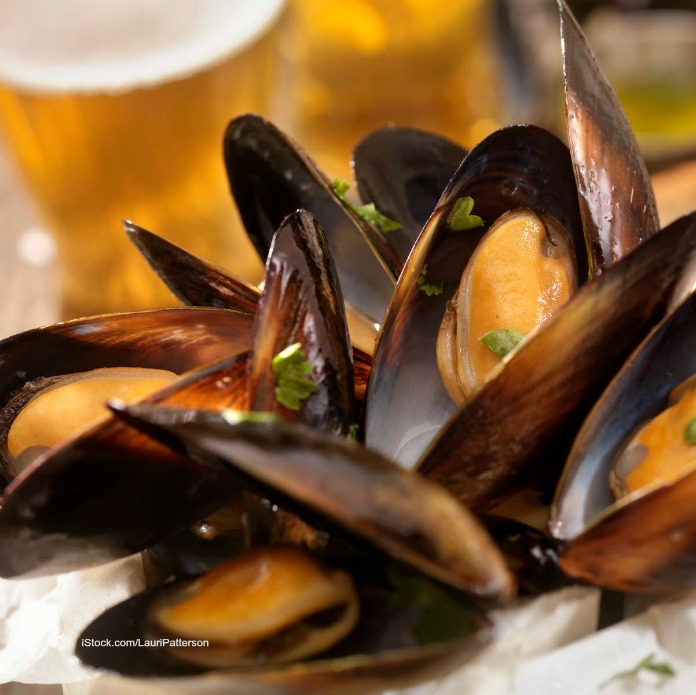Traces of oxycodone have been found in Puget Sound mussels, according to research from the Puget Sound Institute. The native bay mussels were harvested from the Seattle and Bremerton area harbors.

These shellfish were part of the state’s Puget Sound Mussel Monitoring Program. Scientists at the Washington Department of Fish and Wildlife transplant uncontaminated mussels from an aquaculture source on Whidbey Island to different locations in Puget Sound to help them study levels of pollution.
Mussels, like other shellfish, are filters feeders, so they concentrate chemicals, bacteria, and other contaminants from the environment into their tissue. After a few months, the mussels are collected, and scientists analyze the contaminants.
The areas where the tainted mussels were harvested are not near any commercial shellfish beds; they are highly urbanized and subject to runoff. Puget Sound Institute’s scientist Andy James said, “You wouldn’t want to collect (and eat) mussels from these urban bays.”
The oxycodone that was found in the shellfish was “thousands of times lower than a therapeutic dose for humans.” But these findings do raise concerns for some fish that do respond to opioids. Strangely, zebrafish will learn to dose themselves with opioids.
This is the first time any opioids have been found in shellfish, although scientists usually find many chemical compounds in Puget Sound waters. They think that the contaminants pass into the water through discharge from wastewater treatment plants. Even filtered wastewater can contain traces of thousands of chemicals. Runoff from agriculture and stormwater can also contain contaminants.
The mussels also showed high levels of the chemotherapy drug Melphalan, which is a potential carcinogen because it interacts with DNA. The drug was found at levels where scientists may look at biological impacts. The mussels had ingested amounts of that drug relative by weight to a recommended dose for people.




